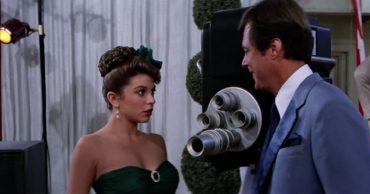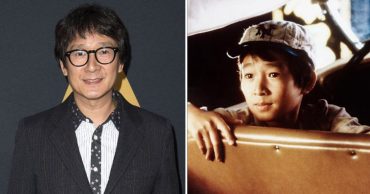If you’ve seen Fantastic Beasts and Where to Find Them, The Legend of Tarzan, or Harry Potter and the Goblet of Fire, you have seen an aspect of Wayne McGregor’s choreography, though you may not have recognized it as such. He was the Movement Director for those films, and it is the broad scope of that role which hints at the great facility which McGregor possesses. Movement Directors must propose the physical language which helps actors and their directors to express such things as the condition of the character, gestures unique to ethnicities, falling dexterity, or period dancing, to name just a few.
For top echelon dancers, taking part in the creative process of brand new choreography is welcomed. To be part of a newly choreographed work is an honor. As the Boston Ballet’s Artistic Director, Mikko Nissinen, so aptly wrote in the current Boston Ballet Playbill, McGregor’s “choreographic language isn’t just cutting edge, it is leading edge”. In dance circles, it’s become known that McGregor’s work is rapidly creating what dance will become. Experiencing his work allows dancers seeking professional careers to physically prepare for the technical, physical and artistic demands dance will place on their minds, bodies, and emotions as they develop. For dancers interested in the future of dance, looking toward McGregor’s choreography reveals that future now.
The Royal Ballet of Covent Garden, London recently paired with the Boston Ballet, to present McGregor’s Obsidian Tear. The powerful work is demanding physically and visually. It is contemporary modern dance performed by dancers grounded in ballet technique, but it is decidedly not your average modern dance. In fact, it is not at all average even by contemporary modern dance standards. McGregor is crafting a uniquely intrinsic choreographic language all his own.
Obsidian Tear had its world premiere in London in May 2016. Its U.S. premiere took place in Boston on November 3, 2017. The co-production is part of the partnership between The Royal Ballet and the Boston Ballet, sharing McGregor as choreographer. We attended a performance at the Boston Opera House on May 9, 2017, looking forward to Obsidian Tear. What we experienced was immediately engaging.
From the first gesture to the last, the visceral movements commanded response. The level of flexibility and array of physical expression was beyond advanced. Nine male dancers performed complex and physically difficult movements, individually and together, with the utmost flexibility and personal strength. It is violence, emotional attachment, love alliances and seething need wrapped into a stunning display of artistic movement.
The choreography is set to the music of Esa-Pekka Salonen. His Lachen Verlernt for solo violin and Nyx are the works which inspired McGregor. He had heard Salonen’s seductive score Nyx when it premiered in Paris. Salonen conducted himself, and McGregor was simply overwhelmed. He said he knew “immediately” that this fierce symphonic poem about the goddess Nyx required his “choreographic response”. What resulted was Obsidian Tear, and its ambiguous meaning. McGregor allows the audience to choose whether “tear” means weeping or ripping, as both are aspects of his choreographic message as it relates to Salonen’s music.
Here’s the Boston Ballet in rehearsal and on stage with Obsidian Tear:
Here’s an explanation of what Obsidian Tear might mean; presented by Stager Amanda Eyles:
https://www.youtube.com/watch?v=L3ANWNLIdVA
Here’s McGregor rehearsing principal dancers from The Royal Ballet along with Esa-Pekka Salonen for comments:
Ultimately, McGregor is a consummate teacher of movement. He believes that the human body is extremely prepared to communicate what we think as well as what we feel. He believes that intelligence is a key component of choreography because dancers can think purposefully about how bodies work. He likes to use kinesthetic awareness to create what he calls “physical thinking”. Here is his TED Talk which addresses his ideas for young dancers and for his audiences:
 Follow Us
Follow Us





